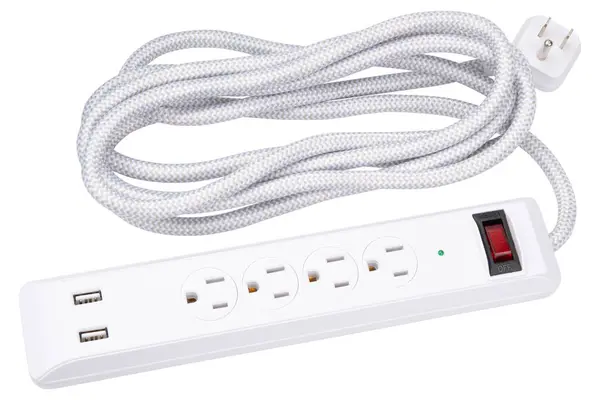
Think running a space heater through an extension cord is harmless? Professionals say it’s one of the quickest ways to take a comfortable evening and make it a life-threatening crisis. Although extension cords and power strips look like the ultimate solution for not enough outlets, they aren’t designed to support the needs of some high-wattage appliances and the effects can be disastrous.
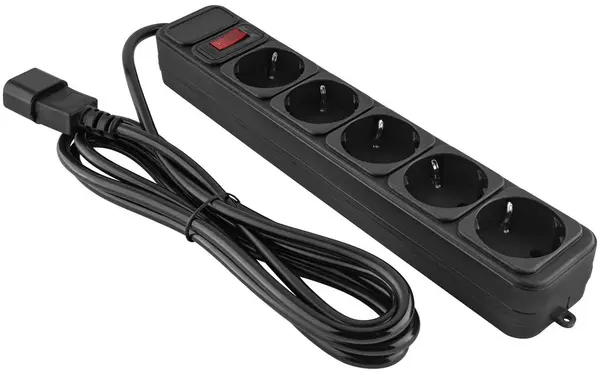
Electrical experts and safety organizations are in accord: appliances that produce heat or operate continuously must always be plugged directly into a wall outlet. From kitchen staples to seasonal accessories, some appliances have a tendency to overburden cords, fuse plugs, and ignite fires in minutes. Below is a list of the worst offenders and why they are wall-outlet-only devices.
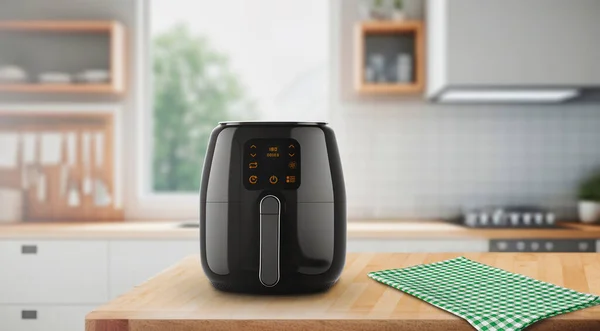
1. Air Fryers
Air fryers are a staple in the kitchen, but their wattage draw is no trivial matter. The larger varieties can damage up to 2,000 watts, perilously close to many home circuit limits. Running them through an extension cord or power strip will get hot, particularly if the cord happens to be the lighter 14-gauge variety.
Paul Martinez, the owner of Electrified NYC, is direct: “No extension cords at all” for appliances that have heating coils. The best action? Store your air fryer until you want to use it and then plug it into a dedicated wall outlet directly.
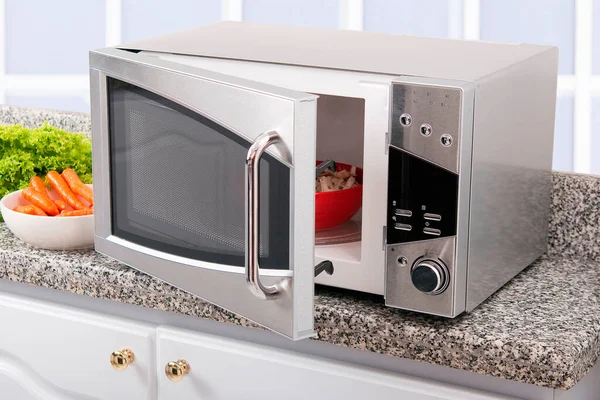
2. Microwaves
Even countertop microwaves are powerhouses when it comes to watts. They usually need a special dedicated circuit not to trip breakers. Running an extension cord not only heats up the risk, but it can also lower the appliance’s lifespan.
Electrical safety specialists emphasize that any appliance that generates heat or operates a motor needs to be plugged in directly into the wall. In the case of microwaves, that’s not negotiable particularly in kitchens where several high-wattage appliances are already fighting for power.
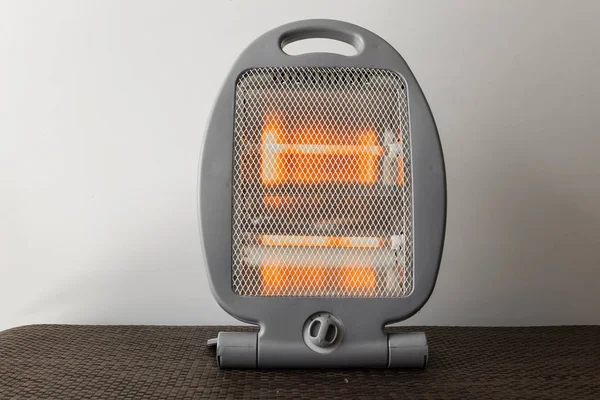
3. Space Heaters
The U.S. Consumer Product Safety Commission indicates that portable space heaters are responsible for approximately 1,700 fires and 80 fatalities each year. Most of these accidents occur because heaters were inserted into extension cords or near burning materials.
One Missouri family had their home destroyed just days before Christmas when a space heater ignited an electrical fire within the walls. Safety regulations are simple: place heaters at least three feet away from combustibles, never leave a heater unattended, and always plug it directly into a wall outlet.
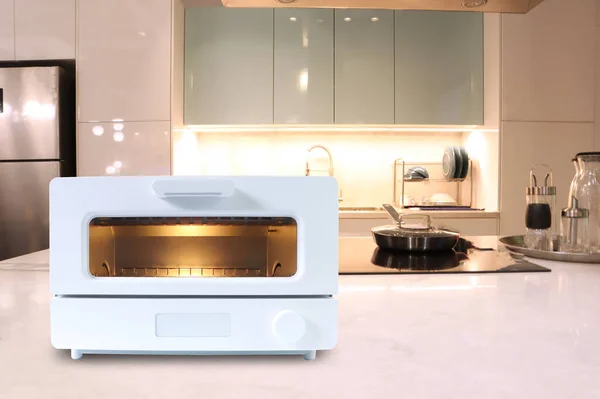
4. Toasters and Toaster Ovens
Little but powerful, toaster ovens and toasters draw 1,200 to 1,400 watts. On a 14-gauge extension cord, that’s teetering on the edge of the maximum capacity of the cord. Martinez cautions that a 14-gauge will not support the amperage and can burn up the extension cord. And that’s what starts fires in New York City.
If your kitchen design makes wall space difficult to access, shift things around instead of risking a cord overload. The benefit is preventing a possible fire hazard each time you cook breakfast.
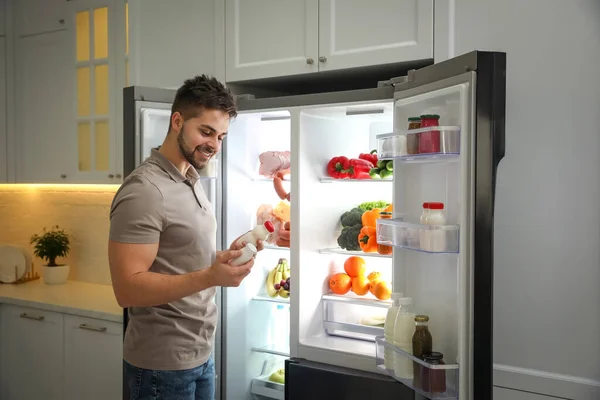
5. Refrigerators
While fridges typically use 300 to 800 watts, they run 24/7. That constant draw can cause an extension cord to overheat over time, even if it doesn’t trip a breaker immediately. There’s also the risk of voltage drops, which can make the compressor work harder and shorten the appliance’s life.
For both safety and performance, refrigerators should always be connected directly to a grounded wall outlet on their own circuit.
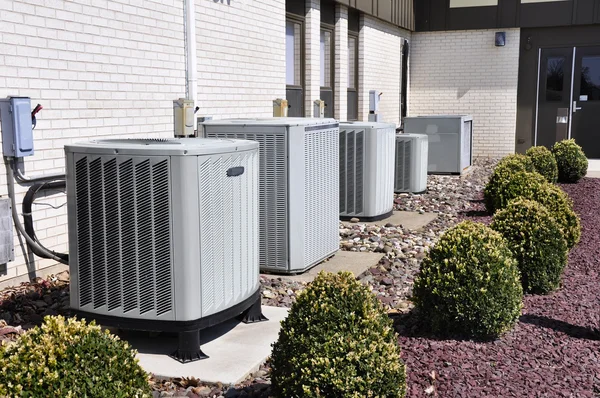
6. Air Conditioning Units
Window and portable AC units have a bad reputation for high energy consumption. Oversizing your unit might cause the compressor to work extra hard, putting more strain on your electrical system. Martinez reminds us that if such a unit is being powered by an extension cord, the chances of overheating and even a fire will increase astronomically.
Use a BTU calculator to select the appropriate size for your area, and plug it directly into a wall socket. This keeps your home and your cooling system operating safely.
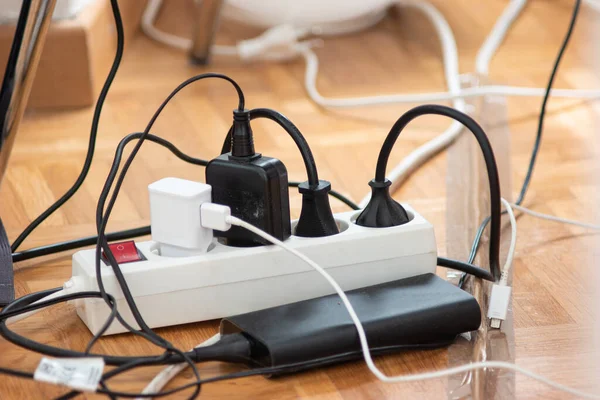
7. Daisy-Chained Extension Cords
Extension cord to extension cord, or “daisy chaining,” is a recipe for disaster. It can overheat the circuit, melt insulation, and set nearby items on fire.
UL Solutions advises that if you’re using several power strips or cords, it’s time you invested in more permanent outlets. A licensed electrician can add extra circuits to manage the needs of your home without the secret fire hazards of do-it-yourself wiring.
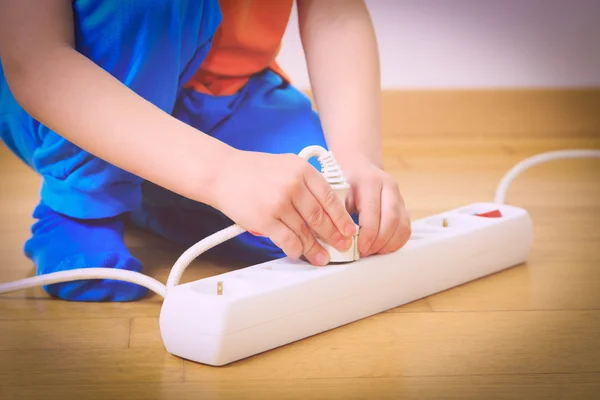
Electrical safety is more than staying away from blown fuses it’s more about staying away from life-changing catastrophes. Heat and high-wattage appliances require direct wall connections, and the convenience of any setup isn’t worth the chance of an over-burdened cord. By understanding which appliances are wall-outlet only, homeowners and renters can save their property, their appliances, and most importantly, the people in them.


